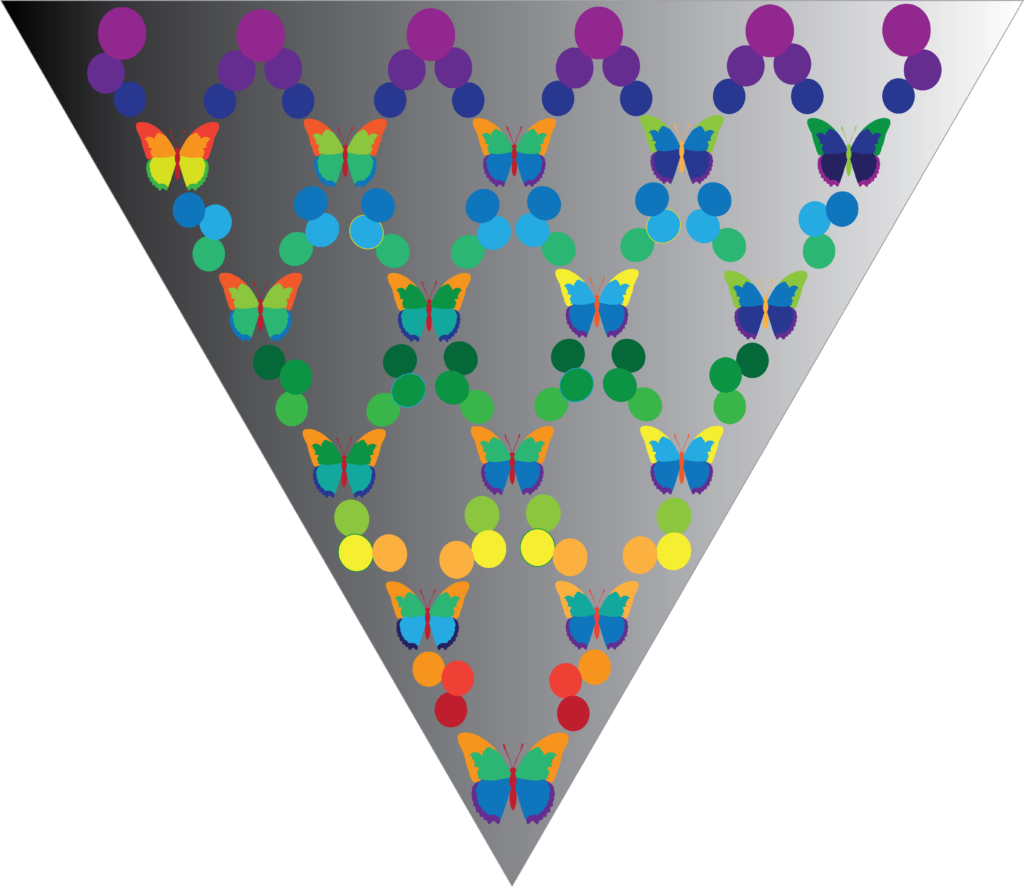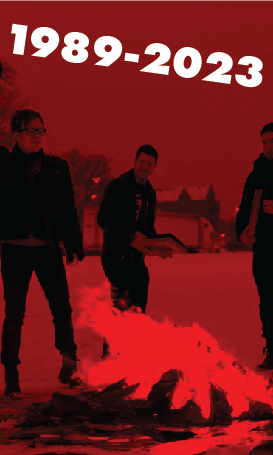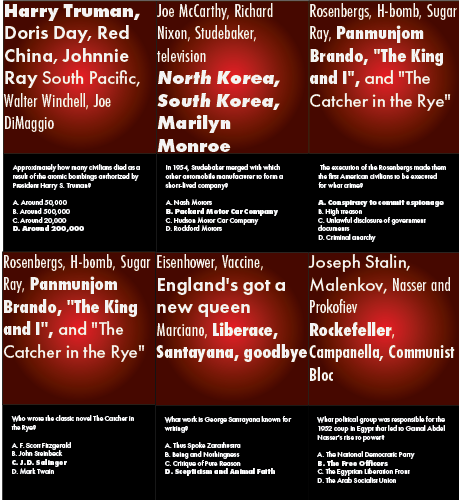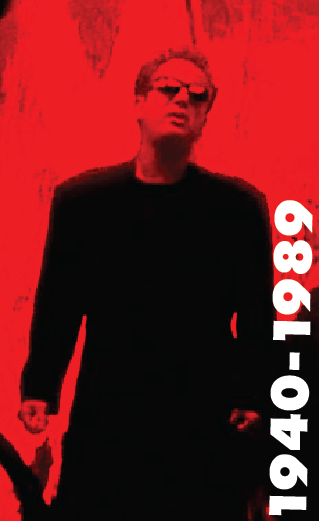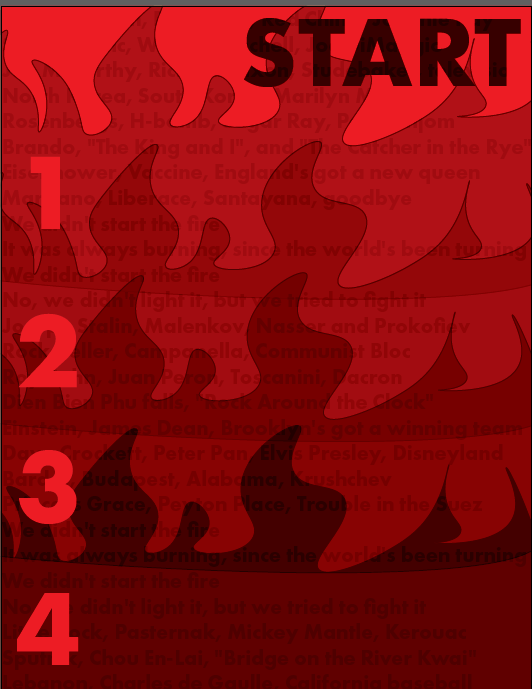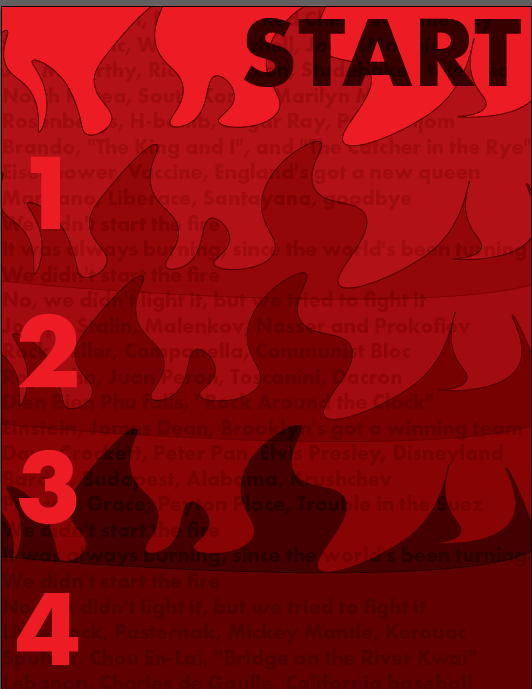Player 1:
. What was the most frustrating moment or aspect of what you just played?
The hardest part was dealing with pollution spikes. I wasn’t ready for the amount of waste it caused, and it hurt my city’s happiness and resources.
2. What was your favorite moment or aspect of what you just played?
I loved building public transportation. It helped reduce traffic and gave me bonus points, making my city more efficient.
3. Was there anything you wanted to do that you couldn’t?
I wanted to invest more in green spaces and renewable energy, but I ran out of resources and had to focus on fixing problems first.
4. If you had a magic wand to wave, and you could change, add, or remove anything from the experience, what would it be?
I’d add more ways to interact with other players, like trading or forming alliances, to make the game more engaging.
5. What should be improved with the next version?
The Climate Event Cards could be less disruptive. I felt like they made the game too hard to recover from at times.
6. What was the game’s message?
The game shows that balancing resources like energy, waste, and green spaces is key to building a sustainable city.
7. Describe the game in 3 words:
Challenging, fun, strategic.
Player 2:
1. What was the most frustrating moment or aspect of what you just played?
It was frustrating when I couldn’t manage waste properly and faced penalties because of it. I had to deal with a lot of issues at once.
2. What was your favorite moment or aspect of what you just played?
I enjoyed building renewable energy sources like solar farms. It felt good to reduce pollution and gain extra points.
3. Was there anything you wanted to do that you couldn’t?
I wanted to build more parks but had to prioritize energy and waste management instead. There wasn’t enough time or resources.
4. If you had a magic wand to wave, and you could change, add, or remove anything from the experience, what would it be?
I’d give players more control over challenges, like letting us prepare for upcoming climate events to avoid surprises.
5. What should be improved with the next version?
Maybe make the Victory Points system clearer and add more ways to earn points for sustainability efforts.
6. What was the game’s message?
It’s about balancing eco-friendly growth. You need to plan carefully across energy, waste, and green spaces to succeed.
7. Describe the game in 3 words:
Eco-friendly, strategic, interactive.
Player 3:
1. What was the most frustrating moment or aspect of what you just played?
I found it tough when my population grew too quickly, and I didn’t have enough resources to keep up.
2. What was your favorite moment or aspect of what you just played?
The best part was when I created a sustainable transportation system that helped reduce pollution and traffic.
3. Was there anything you wanted to do that you couldn’t?
I wanted to add more green spaces to improve quality of life, but I didn’t have the resources for it.
4. If you had a magic wand to wave, and you could change, add, or remove anything from the experience, what would it be?
I’d add more cooperative options so players could work together to face big challenges like pollution or energy shortages.
5. What should be improved with the next version?
The random events could be more balanced. Some felt too punishing without enough time to prepare.
6. What was the game’s message?
The game teaches that sustainability takes effort—you need to manage resources and plan ahead to create a thriving city.
7. Describe the game in 3 words:
Strategic, engaging, challenging.
Player 3:
1. What was the most frustrating moment or aspect of what you just played?
I found it tough when my population grew too quickly, and I didn’t have enough resources to keep up.
2. What was your favorite moment or aspect of what you just played?
The best part was when I created a sustainable transportation system that helped reduce pollution and traffic.
3. Was there anything you wanted to do that you couldn’t?
I wanted to add more green spaces to improve quality of life, but I didn’t have the resources for it.
4. If you had a magic wand to wave, and you could change, add, or remove anything from the experience, what would it be?
I’d add more cooperative options so players could work together to face big challenges like pollution or energy shortages.
5. What should be improved with the next version?
The random events could be more balanced. Some felt too punishing without enough time to prepare.
6. What was the game’s message?
The game teaches that sustainability takes effort—you need to manage resources and plan ahead to create a thriving city.
7. Describe the game in 3 words:
Strategic, engaging, challenging.
Player 4:
1. What was the most frustrating moment or aspect of what you just played?
The economic crisis caught me off guard, and I had to cut back on building projects just when my city needed more growth.
2. What was your favorite moment or aspect of what you just played?
I really enjoyed creating green spaces. They improved the happiness of my population and helped boost my sustainability points.
3. Was there anything you wanted to do that you couldn’t?
I wanted to build more renewable energy sources, but I couldn’t afford them because my resources were tied up in waste management.
4. If you had a magic wand to wave, and you could change, add, or remove anything from the experience, what would it be?
I’d add a city cooperation feature, where players could help each other by trading resources or sharing technologies.
5. What should be improved with the next version?
I’d make the climate events a bit more predictable, so players can plan for them rather than just reacting to random disasters.
6. What was the game’s message?
The game’s message is that sustainability is a balance. You need to manage energy, waste, population, and green spaces wisely to thrive.
7. Describe the game in 3 words:
Strategic, eco-focused, rewarding.

